Deck & Commander Strategies
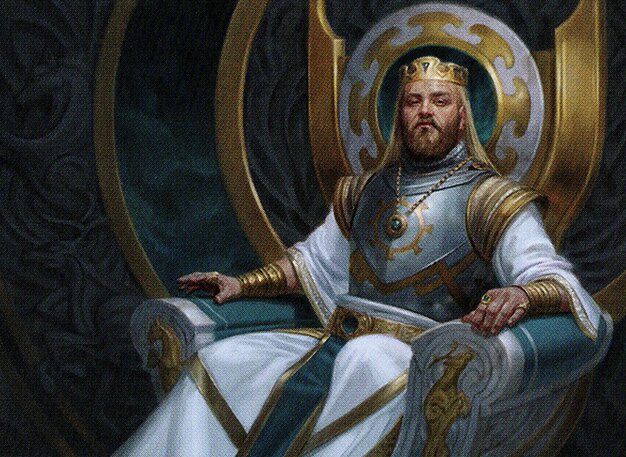
Kenrith, the Returned King
Utilizes cycling to discard cards into the graveyard and then reanimates them en masse, using Kenrith’s abilities to grant haste and trample for a decisive attack.
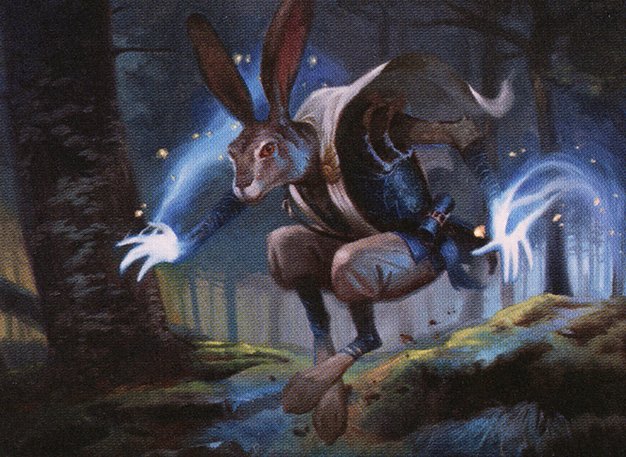
Kwain, Itinerant Meddler
Focuses on drawing extra cards and gaining life each time a player draws, slowing opponents while building incremental value and life buffers.


Miara, Thorn of the Glade & Numa, Joraga Chieftain
An elf tribal deck that floods the board with elves, uses buffs and anthem effects to grow them large, aiming to overpower opponents with wide, pumped creatures.
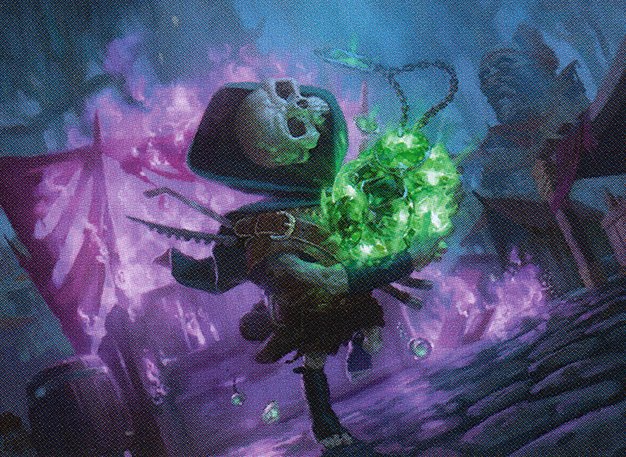
Tinybones, Trinket Thief
Leverages discard mechanics to draw cards and drains opponents’ resources, punishing players with empty hands while generating card advantage.
Gameplay Insights
- 1
Using cycling as an activated ability allowed heavy graveyard setup, which was crucial for Kenrith’s mass reanimation strategy.
- 2
Gabriel’s use of Kwain’s ability to force card draws and gain life slowed the pace of the game and provided incremental advantage.
- 3
Discarding cards like Finale of Eternity early set up powerful mass reanimation turns that could swing the game.
- 4
Tinybones’ discard triggers were used effectively to maintain card advantage while draining opponents' hands and life.
- 5
The players used interaction like Generous Gift in response to ETB triggers to disrupt opponents’ board states and card advantage.
- 6
Key planeswalkers like Liliana, the Veil provided hand disruption to slow down opponents’ game plans and maintain advantage.
- 7
Elves tribal strategy relied heavily on mana acceleration and buff effects from Icon of Ancestry and Priest of Titania to maintain board dominance.
Notable Cards
-

Kenrith, the Returned King
-
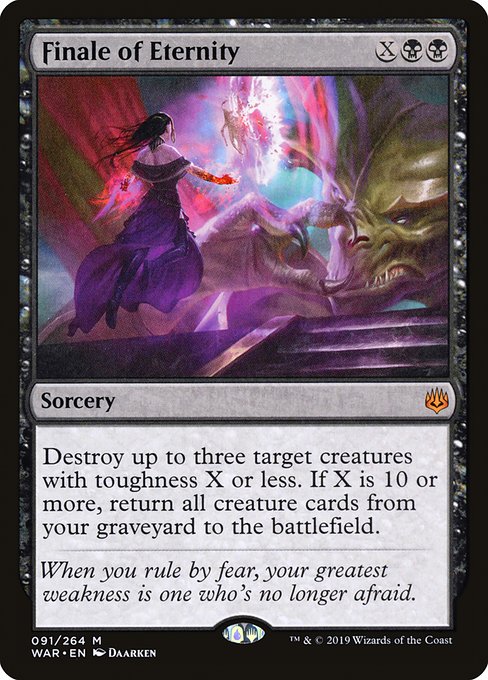
Finale of Eternity
-
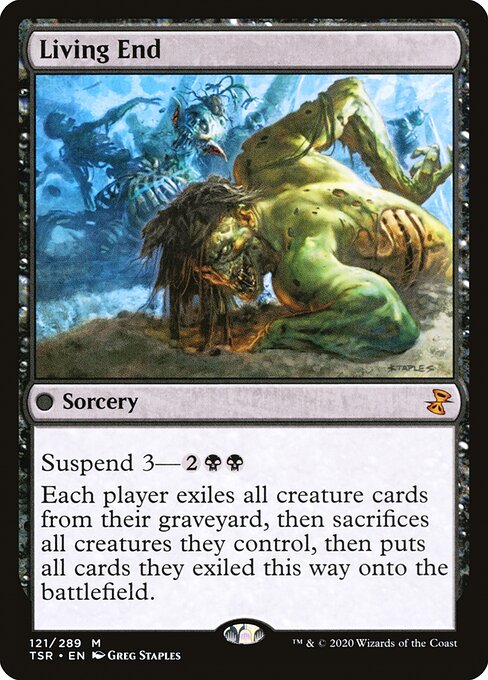
Living End
-
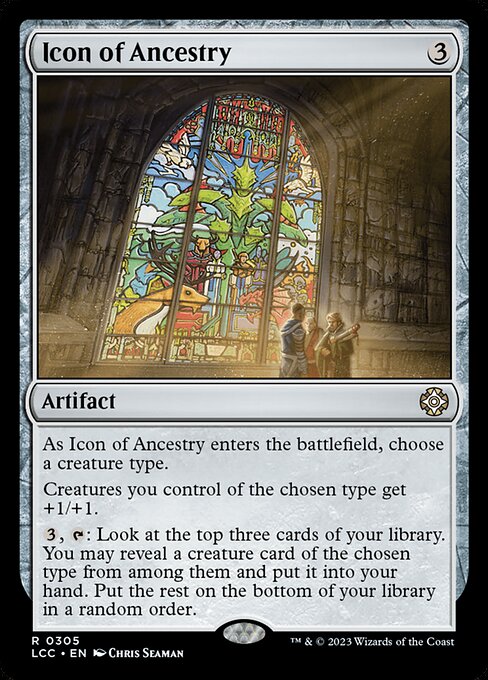
Icon of Ancestry
-
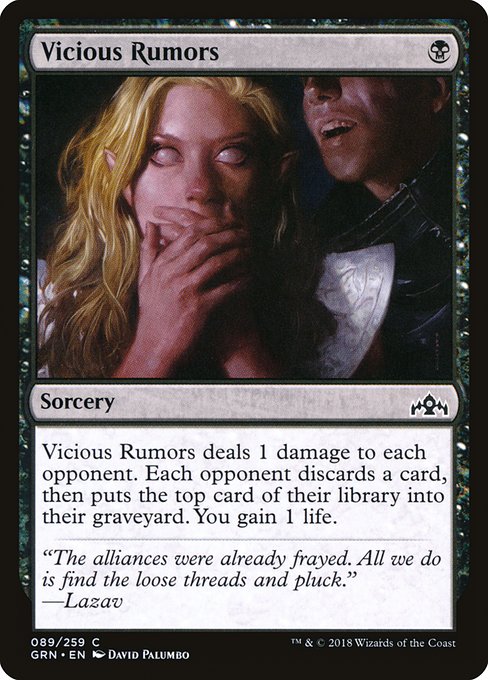
Vicious Rumors
-
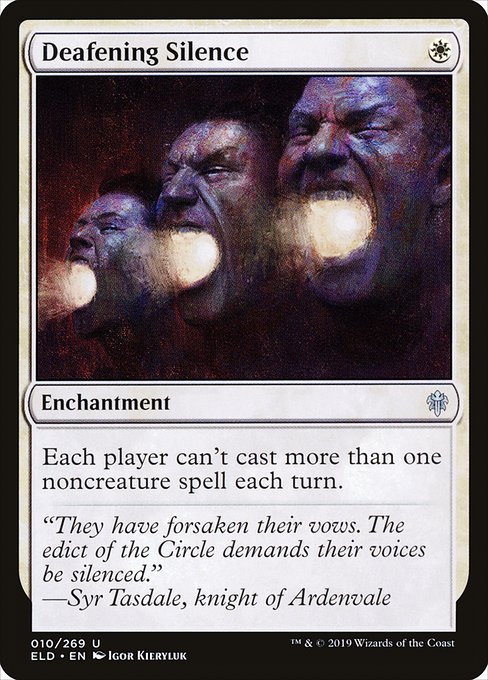
Deafening Silence
-

Ancient Tomb
-
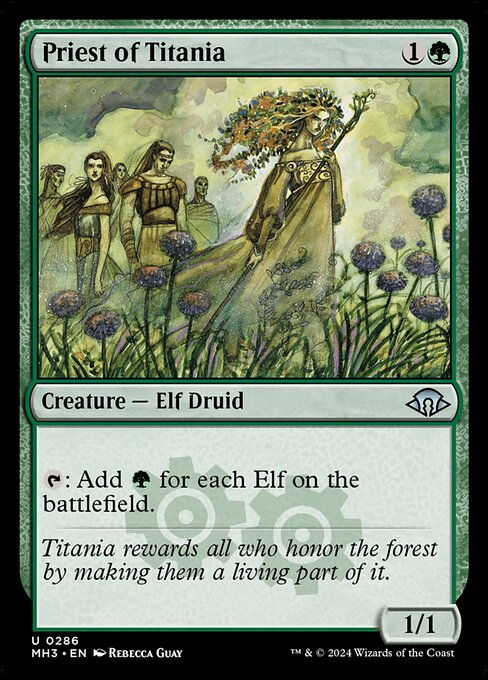
Priest of Titania
Gameplay Summary
The game featured a diverse set of strategies revolving around newer commanders with unique synergies.
The Kenrith/Zerda deck focused heavily on cycling and mass reanimation, aiming to discard cards to the graveyard and then bring them back with a powerful board presence, leveraging Kenrith’s abilities to grant haste and trample for a lethal alpha strike.
Early gameplay saw consistent cycling and card draw to fuel the graveyard while opponents developed their boards.
Gabriel’s Kwain deck supported a control and life gain strategy by encouraging card draws and leveraging life gain triggers to slow opponents and build incremental advantage.
Liang's Miara/Numa deck pursued a Golgari elf tribal theme, establishing board presence with multiple elves and pumping them to overwhelm opponents.
Gary’s Tinybones deck operated around discard and hand disruption to generate card advantage and punish opponents with empty hands.
Key moments included the casting of mass reanimation spells, Liliana, the Veil to disrupt hands, and generative plays that turned discarded cards into board tokens.
The cycling and reanimation combo of Kenrith was a focal point, allowing for explosive mid to late game swings.
The game unfolded with a careful balance of resource management, discard, and timely board wipes, highlighting the synergy between cycling and graveyard recursion as a win condition.


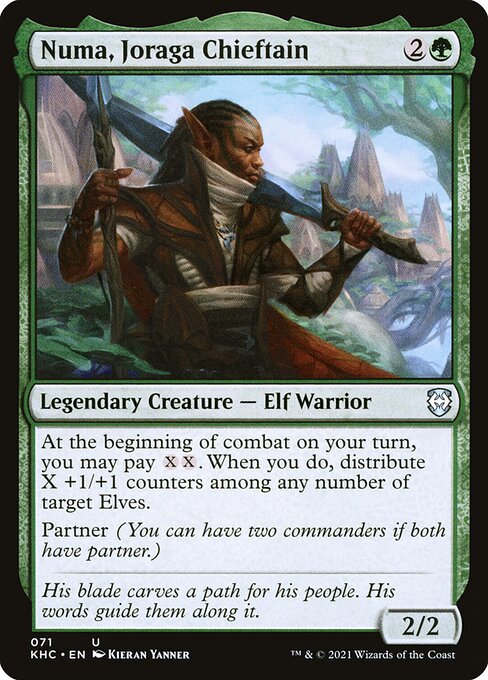




























![Saskia Aggro vs. Mono Black Control [Duel Commander-EDH] - Magic: The Gathering thumbnail](https://i.ytimg.com/vi/0MHeOud1aRY/sddefault.jpg)














![Teysa vs Kwain vs Xantcha vs Yorion [EDH/Commander, Magic The Gathering] MTG Gameplay 2021 thumbnail](https://i.ytimg.com/vi/nK7YTEdjk0I/sddefault.jpg)



![Season Finale Fan Special [Commander VS 305] | Magic: the Gathering Commander Gameplay thumbnail](https://i.ytimg.com/vi/4VCbfC4ADDk/sddefault.jpg)


![Commander VS S17E4: Linden VS Syr Konrad VS Kenrith VS Torbran [EDH] thumbnail](https://i.ytimg.com/vi/PvUddo1rzeo/sddefault.jpg)





